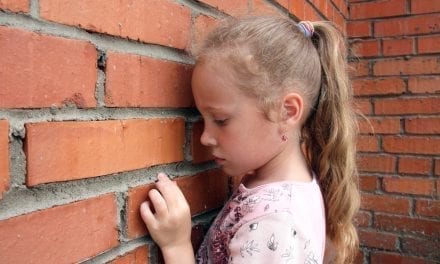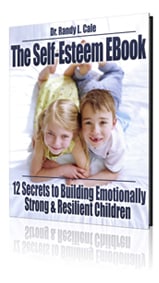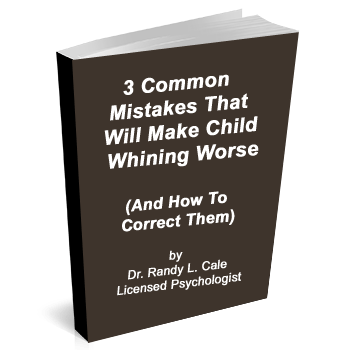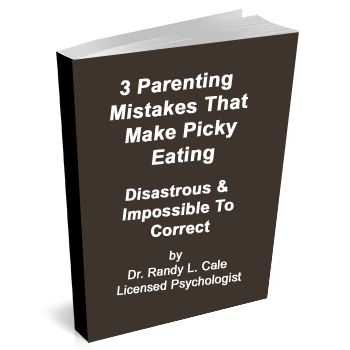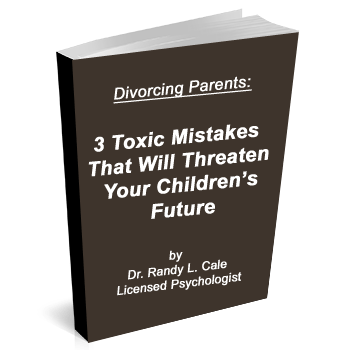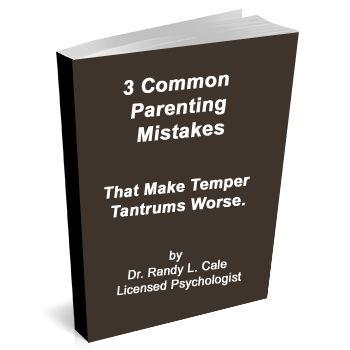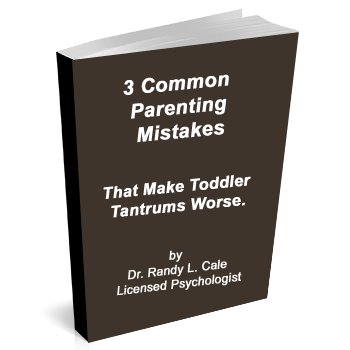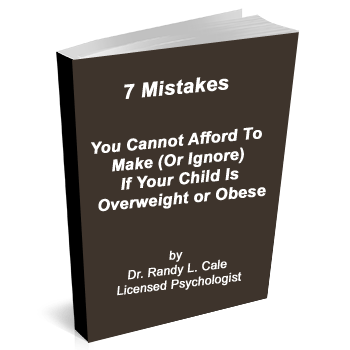In my work with families, I am often asked to help with situations where mom and dad have worked hard to help make things better. They have read, discussed, and often sought therapeutic help.
They often find that treatment has been less than effective, and they are somewhat discouraged about the potential for positive change. Yet, change is not only possible but quite predictably probable. So, let us not dismay, and discuss one key ingredient to healthy influence: Pattern recognition.
What is Pattern Recognition (in the context of family)?
Pattern recognition is exactly what it implies: Noticing patterns of behavior or emotion, and the behavioral or emotional consequences that are paired with those choices. Thus, it is essential to include both child and adult behaviors and emotions in any behavioral issue.
If you have been reading my articles for a while, you have likely read many recommendations that emphasize patterns of disengagement. Each of these recommendations is driven by an accurate and sensitive understanding of pattern recognition.
The detached skill of pattern recognition is a key distinction and is essential to decide what response will be helpful, given what is in front of you.
Take a simple example: Suppose your son comes home from school and begins to talk about his friend who called him a name. He gets upset. You discuss it with him. He feels better.
The next day your son comes home and talks about a similar situation, and how he was treated unfairly. You discuss it, offer empathy and concern, as well as guidance. Perhaps, you even hold him and hug him. He cries for a while. He feels better.
A few days later, he again complains about his friend or his teacher. You discuss it with him. You listen intently to his problem and try to provide feedback. Perhaps you even start to view this as a situation where he is bullied. With your attentive help, however, he again feels better.
The next day he complains that his sister has taken his toy. You intervene. You work hard to find what is fair and again discuss with all concerned. After much effort, it gets better.
Similar situations begin to emerge at home more often, with your son often finding ways that the world is not treating him well. Repeatedly, you assist him in finding a solution, which he seems unable to use.
Now suppose this continues, with an ever-increasing number of discussions around your son’s view of his life. Many of us get lost in being consumed by the concerns and want our children to feel better. We focus on getting them through their upset, for them to feel better. We fail to step out of the situation enough to begin to recognize an emerging pattern.
What is the Critical Pattern to Recognize?
The child comes to mom. Child upset, and progressively getting more upset with each event. The child is the victim in his story that causes his upsets. The child seeks help to feel better, which very effectively pulls mom into his emotional upset. After much discussion, attention, and energy, the child feels better.
So, what is The Problem Here?
You might be saying, ‘well, isn’t that the goal?’
Well yes, there would be no problem, if the child absorbs mom’s input, and begins to handle his life differently. Sometimes that happens. And that is good.
Those families do not come to see me, or another therapist. No problem pattern has emerged.
More often, however, the child just continues to find upsets, often being the victim of his sister, his friend, or the teacher. And mom or dad often respond with considerable amounts of energy and attention.
This is the pattern to bring into your awareness. It is not just the child, but also the parent. And then, does it repeat without any real change?
If so, then we must begin to focus on the pattern first before we begin to look at other ways of bringing about change or relief for this child. It is all about engagement, and repeated patterns of attention. More on this soon.
For now, become aware of these patterns. I offer a few guidelines for this.
- Are you consistently dealing with an emotional upset that seems to be getting worse?
- Are your discussions about these upsets repetitive in nature, with you offering the same feedback or support?
- Does your son or daughter seem to be complaining, and finding ways to be a victim in their lives?
- Do any of your words, or instructions really make a difference?
- Are things getting worse, rather than better?
- Finally, are you feeling like you are working harder at the solution than your child?
If yes is the answer to these questions, please step back, and notice the pattern. It is the patterns of engagement that are likely first on the list to address before things will improve.



